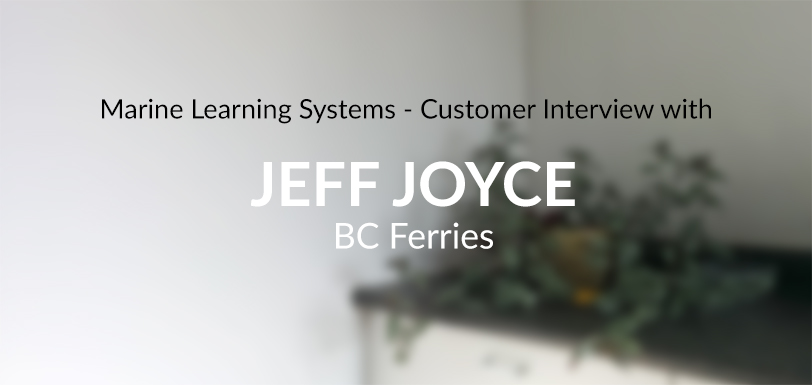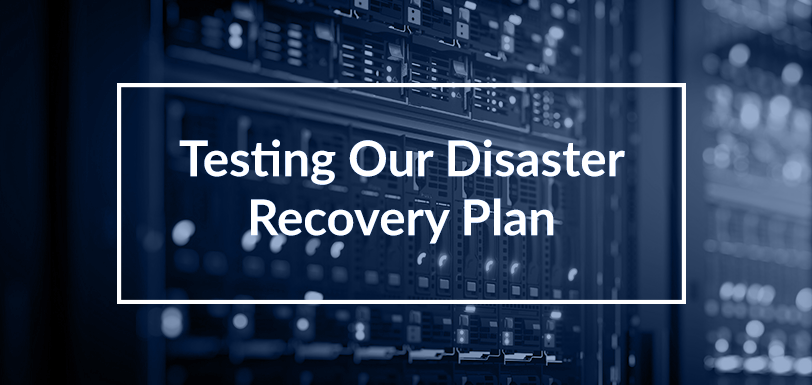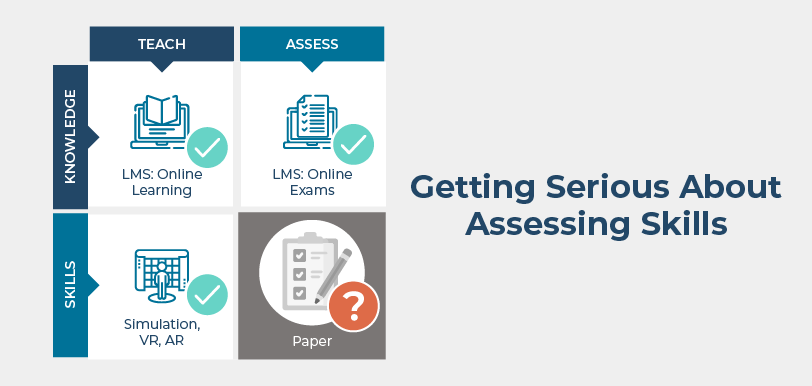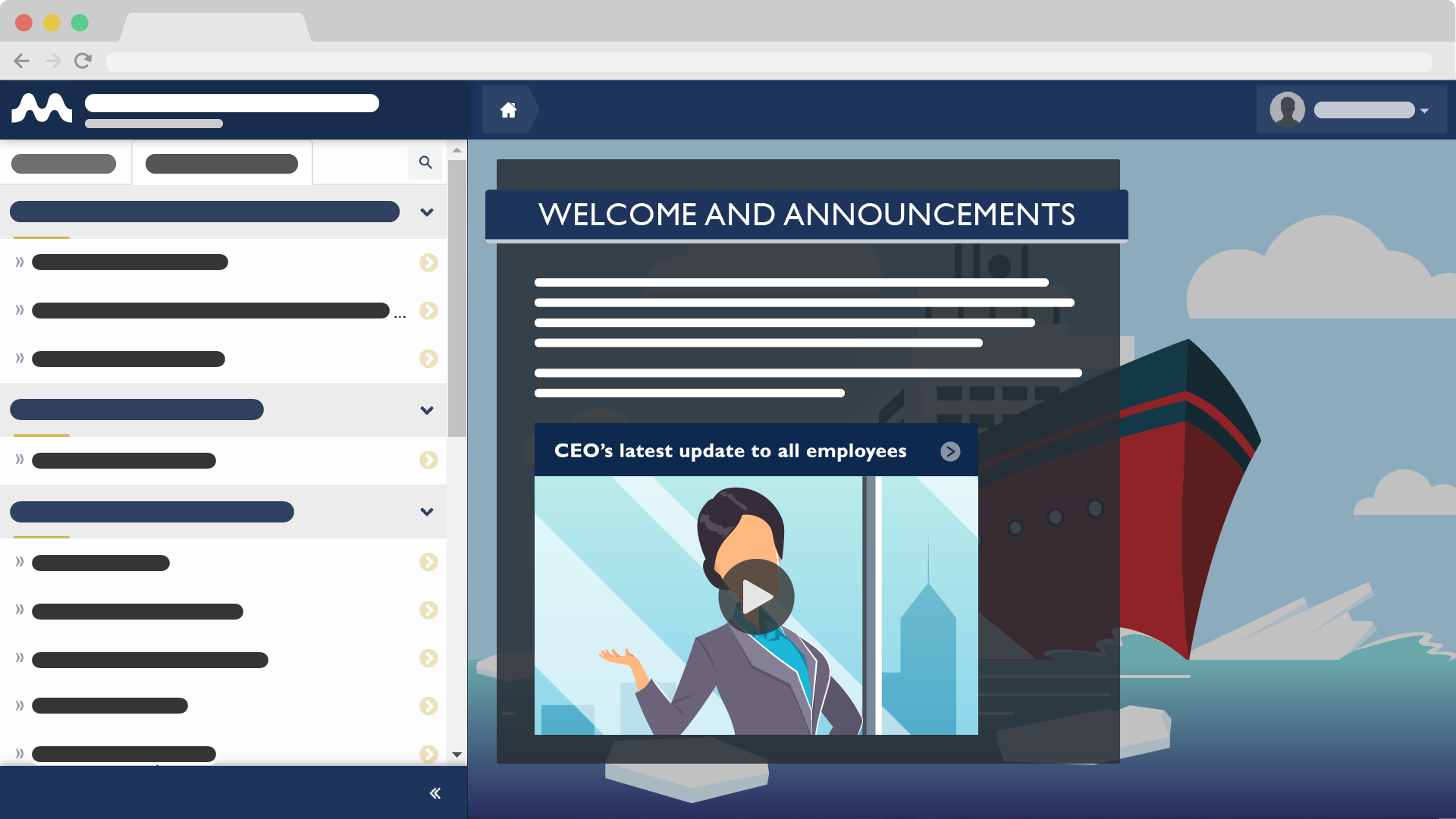BC Ferries and their Move to Blended Learning
Mar 23, 2017 Marine Learning Systems 0 Case Study, eLearning, Interview, Maritime Training, Safety CultureIn 2007, BC Ferries embarked on a major initiative called SailSafe to improve safety. A key program from this was the creation of an objective and standardized approach to familiarization training. Named SEA (Standardized Education and Assessment), the training program consists of an intensive blended learning approach. It replaces their previous use of job-shadowing for vessel and terminal familiarization. Now in its seventh year, the program is currently used for training for all 3,500 employees in the deck, engineering, terminals and catering departments.
SailSafe has been a tremendous success. The BC Ferries safety record has improved significantly. Accidents, injuries and days lost have dropped by over 50%. Insurance claims costs have also declined by 75%. The results are impressive, but how did BC Ferries get there? What lessons are there to be learned with regards to implementing such a training program?
- the company’s reasoning for switching to blended learning
- the issues they faced from all levels of the organization
- return on investment
- lessons learned
- and more
Why did BC Ferries implement a blended learning approach?
What support and issues did BC Ferries run into during implementation?
Follow this Blog!
Receive email notifications whenever a new maritime training article is posted. Enter your email address below:
Interested in Marine Learning Systems?
Contact us here to learn how you can upgrade your training delivery and management process to achieve superior safety and crew performance.






